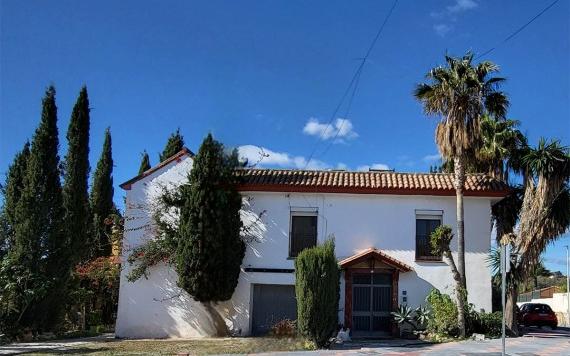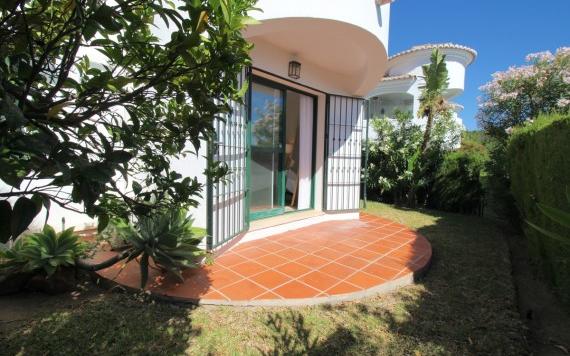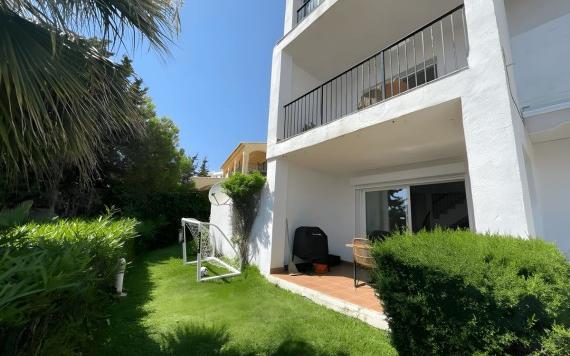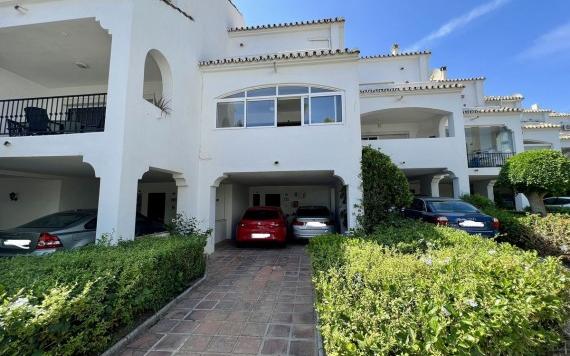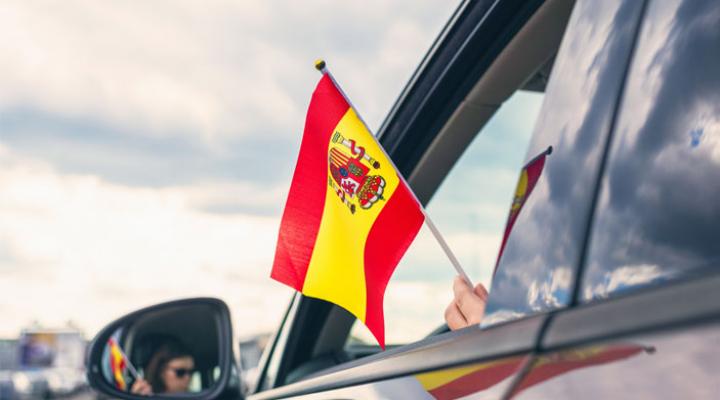
Whether you’re visiting Spain for a holiday or have recently moved to the country, how you get around is sure to be one of your primary concerns. Spain is a country with excellent public transport links but, for convenience, many people who choose to make the permanent move to Spain will also choose to drive in the country, particularly if they live in a rural area. However, it’s important to remember that driving in Spain is unlikely to be the same as driving back home!
If you’re ready to hit the open road (or just drive to the nearest town and hit the shops) then here is our complete guide to driving in Spain:
The Rules of the Road
There are many rules of the road that you should familiarise yourself with before you get behind the steering wheel in Spain. The most important of these is that you drive on the right-hand side of the road (this will be familiar for visitors from the majority of EU countries, but a big change for drivers visiting from the UK). Other things to consider are:
-
Ensuring you have the right kit. It is a legal requirement that you have two warning triangles, a complete set of bulbs, fuses, a spare wheel, and hi-vis jackets at all times. The jackets are a legal requirement for if you break down/must get out your car for any reason on an intercity road.
-
Spare spectacles. If you wear glasses or contact lenses, then carrying a spare pair when driving is also a legal requirment.
-
Don’t forget your documentation! It’s not enough to have a driving license, or any other relevant documentation. You always have to carry it with you . If you are visiting Spain as a tourist from an EU country, then you don’t need an international driver's license: a photo driver's license from your home country will be sufficient. If you are from a country outside the EU then you will need your home country license as well as an international driver's license. If you don’t have the correct documentation, then you could face an on the spot fine of 500 euros.
-
Age Restrictions. The legal driving age in Spain is 18. Even if you are from a country where you can drive earlier than this, and you already have your license, then you still won’t be able to drive when you are in Spain.
Living in Spain and Applying for a Spanish Driver's License
When you first move to Spain, it is possible to continue driving in the country using your existing driver's license. But when you have been living in Spain for two years, all EU/EEA drivers must obtain a Spanish license either by renewing or by exchanging their foreign license. This is a relatively straightforward process and can generally be arranged at the Provincial Traffic Headquarters.
Whether you choose to buy a Spanish car or drive your UK car will depend on how long you spend in the counrtry (ie whether you are a permanent resident or only visit for holidays). You can only drive a car with UK number plates in Spain for up to six months in any one year period. If you don’t want to commit to buying a car, then hiring a car could be a good option.
Understanding Spanish Speed Limits
Speed limits in Spain are not just guidelines: they are strictly adhered to from location to location and taken very seriously. If you don’t adhere to the speed limit, then you can expect to be issued with an on the spot fine. Generally, you can expect to find the follow speed limits, depending on your location:
-
Up to 50km/h in town, residential and built-up areas.
-
Up to 90km/h out of town.
-
Up to 100km/h on dual carriageways and roads with overtaking lanes.
-
Up to 120km/h on motorways.
The speed limits are lower for motor caravans and vehicles with trailers. Wondering whether you might get away with speeding? Driver beware! Spain has invested heavily in speed cameras and other speed prevention mechanisms in recent years.
Key Traffic Laws to Be Aware Of
Finally, unless you want to be subjected to a hefty fine, prosecution, or worse, then there are some key Spanish traffic laws that you should be aware of. Many of these will be the same or similar to the rules of the road elsewhere in Europe. The most pertinent of these are:
-
Wear a seatbelt. All drivers and passengers are expected to wear seatbelts: if they don’t then they will be issued a fine. This is considered to be personal responsibility, so the fine is issued to each individual passenger, rather than being the drivers' responsibility. In the case of children, the fine would be issued to the parents.
-
No Phones Allowed! Stash your phone so that you won’t be tempted to use it: It is illegal to use a mobile phone while driving in Spain. In fact, it is still illegal to use your phone, even if you have pulled over to the side of the road. Only emergency phone calls (such as if you have had an accident or a break down) will be permitted in this case.
-
Drink Driving is Prohibited. Severe penalties are applied in cases where drivers are found to have above the legal levels of alcohol in their blood. In general, you are only allowed to have 0.5g/L of alcohol in your blood, but if you are a truck driver or have been driving for less than a year then this figure is reduced to 0.3g/L.
Are you thinking of moving to Spain permanently, or investing in a Spanish bolt hole of your own? Why not talk to our locally based property experts, who are in the perfect position to help you find the home you’ve always dreamt of.

 English
English Español
Español Deutsch
Deutsch Français
Français Svenska
Svenska Nederlands
Nederlands Italiano
Italiano Norsk
Norsk Русский
Русский























